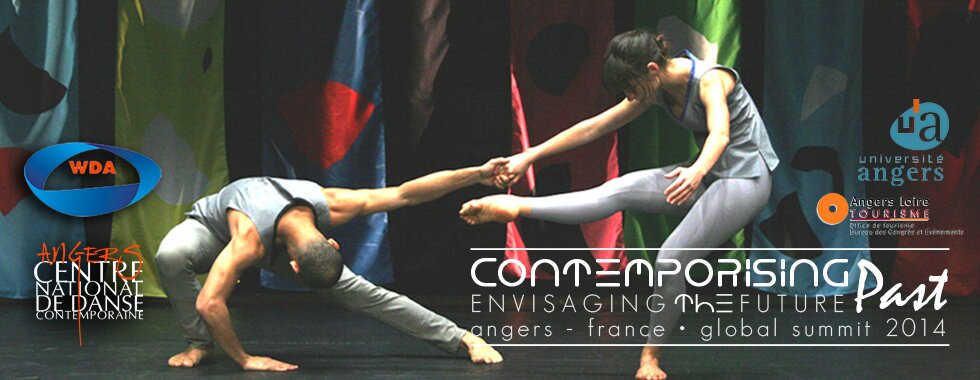STYLE GUIDE FOR ALL SUBMISSIONS
Abstracts, Biographies, Papers and References
Workshop & Showcase Submissions
- All Global Summit proposals must be submitted in either English for French in font size 12 Ariel, in single spacing and left justified.
- All proposals must be submitted online and address the Global Summit themes.
- If submitting a full scholarly paper, abstract and biography must still be provided.
- Scholarly paper and other conference abstracts are limited to 250 words (not including list of references in APA Citation Style to follow abstract in online application). References are not required.
- Pecha Kucha abstracts and references: No more than 7 references in APA style supporting and contextualizing the research focus.
- Full scholarly papers (3,500-5,000 words) should be submitted following APA citation style (see examples below or go here. Full papers must also include abstract and biography.
- Showcase and workshop submissions must be submitted in accordance with this Style Guide.
Examples of reference list for APA Style (also see here).
1. Author: Last name, comma, initials:
Jones, R.A
Jones, R.A. & Smith, A.B.
Jones, R.A., Brown, Y.Z., & Smith, A.B.
2. Publishers: Use the briefest form of the name of the publisher (i.e., Human Kinetics, not Human Kinetics Publishers.)
3. Examples of Reference Citations
a. Journal article (Note that the title of the journal is in title case, but the title of the article capitalizes only
the first word of a title and the first word of a subtitle.)
Stinson, S.W. (1993). A place called dance in school: Reflecting on what the students say. Impulse: The International Journal of Dance Science, Medicine, & Education, 1 (2), 90-114.
b. Book chapter (Note the capitalization pattern; note also the location of the page numbers, and that they are preceded by pp.):
Stinson, S.W. (1998). Seeking a feminist pedagogy for children’s dance. In S. Shapiro (Ed.), Dance, power, and difference: Critical and feminist perspectives in dance education (pp. 23-47). Champaign, IL: Human Kinetics.
c. Entire book:
Stinson, S.W. (1988). Dance for young children: Finding the magic in movement. Reston, Virginia: American Alliance for Health, Physical Education, Recreation and Dance.
4. If the quote is fewer than 40 words use quotation marks. Citation follows the quote, and punctuation follows the citation.
According to H'Doubler, dance "must be the responsibility of our educators" (1957, p. 59).
According to H'Doubler (1957), dance "must be the responsibility of our educators" (p. 59).
5. If the quote is more than 40 words use no quotation marks. Punctuation follows the quote, and citation follows the punctuation.
I felt affirmed in my memories by the words of Madeline Grumet (1988), who spoke to me when he wrote about body knowledge, like the knowledge that drives the car, plays the piano, navigates around the apartment without having to sketch a floor plan and chart a route in order to get from the bedroom to the bathroom. Maurice Merleau-Ponty called it the knowledge of the body-subject, reminding us that it is through our bodies that we live in the world. (p. 3).
6. If the introduction is a complete sentence (and you could end it with a period), use a colon before the quote:
Tanner (1981) noted that children live in a different reality: "His world is filled with fantasy" (p. 30).
7. If the introduction is not a sentence (and you would not ordinarily end it with a period), use a comma:
Tanner stated, "To a child anything seems possible" (1981, p. 30).

